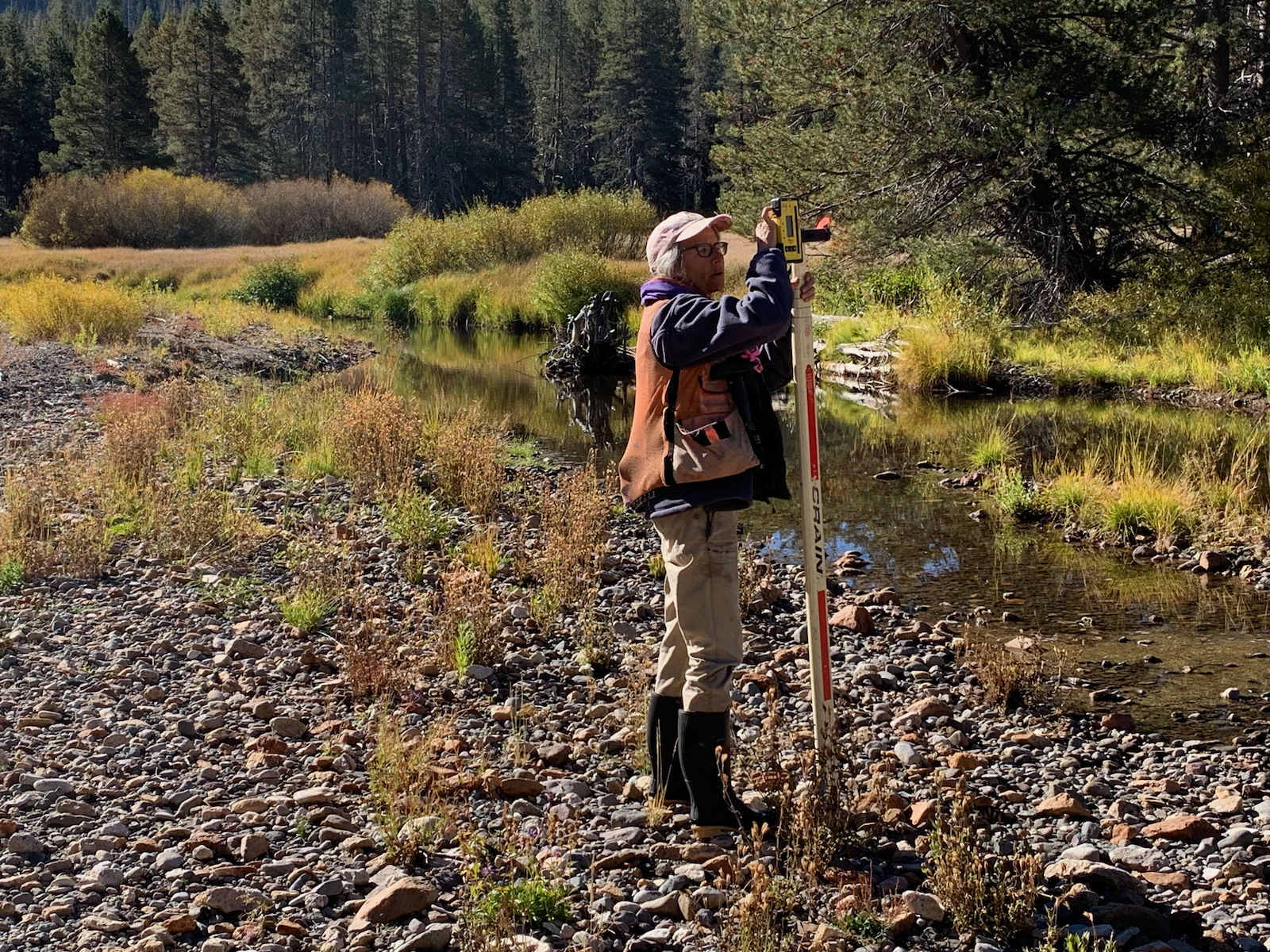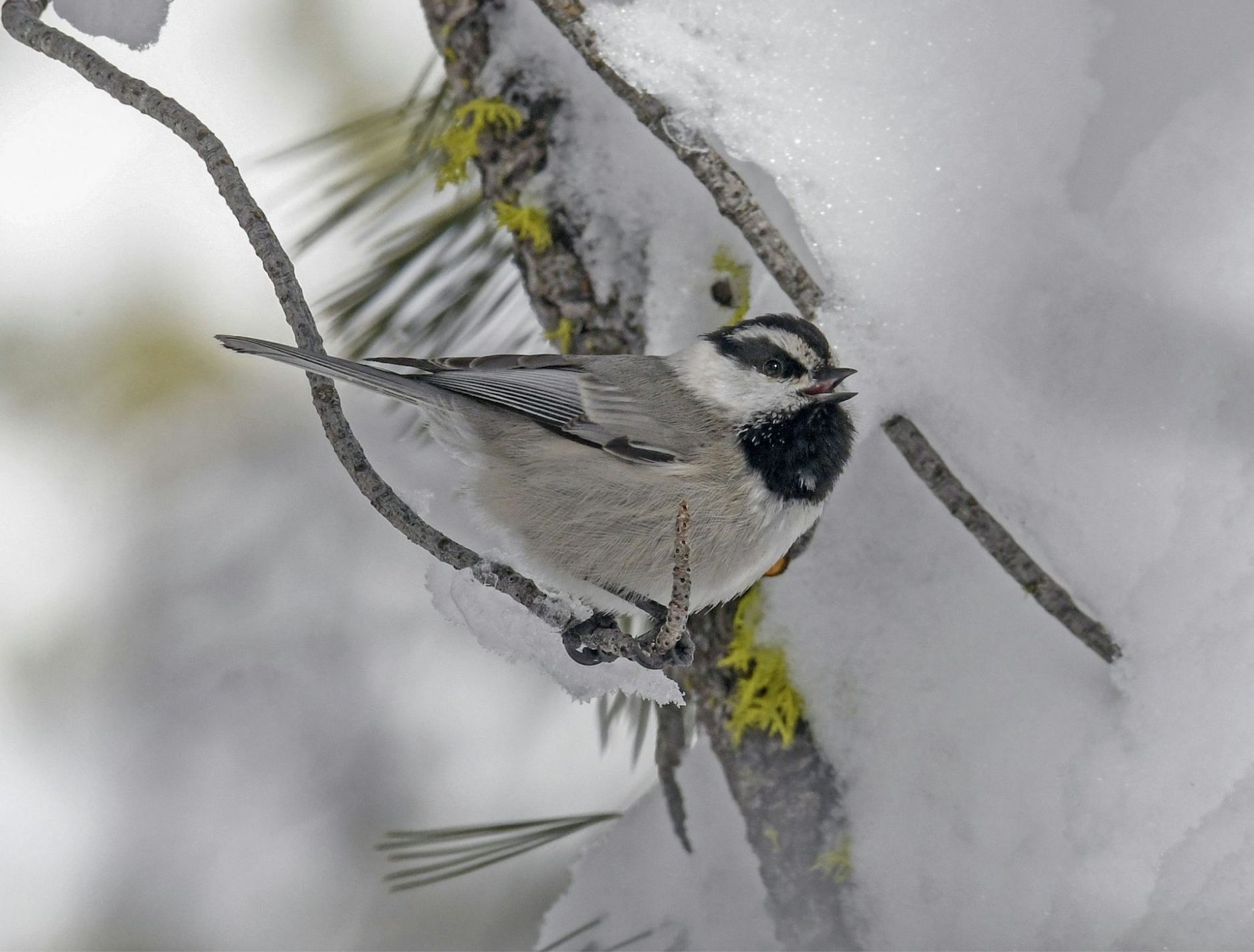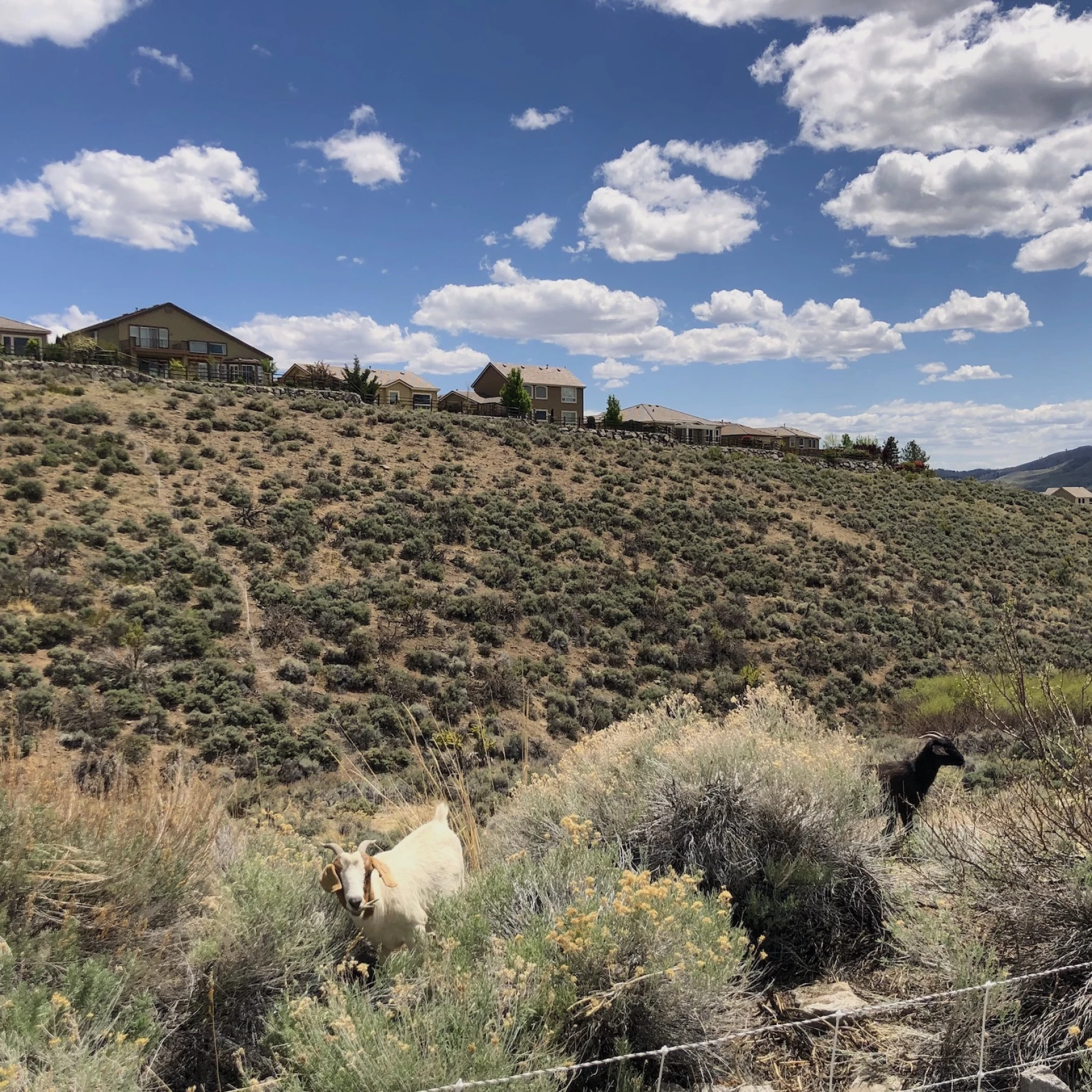In the heart of the Tahoe National Forest lies a meadow with a storied history: English Meadow, located about 30 miles northwest of Truckee, Calif. in the Middle Yuba River headwaters, spans 380 acres and was once a thriving environment providing refuge to diverse wildlife and water for agriculture.
Years of damming, grazing, and other human interference have had detrimental impacts on the area, causing erosion, drying of meadowlands, and more, but a restoration project led by the Nevada Irrigation District may soon bring new life to the meadow.
Although meadows cover roughly only 2 percent of land in the Sierra Nevada, they have a big impact, serving as vital water reservoirs and absorbing greenhouse gases.
“They’re kind of unicorn ecosystems,” said Benjamin Sullivan, associate professor of applied soil ecology at the University of Nevada, Reno. “They’re really odd in a lot of ways.”
The magic of meadows
Meadows, nicknamed “green glaciers,” are essential water regulators, releasing stored snowmelt over time. Their lush greenery, consisting of grasses and shrubbery, relies on conditions of abundant water and sunlight.
“They exist in this little window where everything is just right,” Sullivan said.
The unique conditions are what allow meadows to suck up carbon, and a lot of it. Meadows in California’s Sierra Nevada Range can sequester more carbon than tropical evergreen forests, according to research by Sullivan and his colleagues.
“By the time May 1st comes, we’ve got long growing days,” Sullivan said. “And so, conditions are just right for these plants to be able to just soak up enormous amounts of carbon.”
But degraded meadows emit carbon into the atmosphere – and the Sierra Nevada has had more than its fair share of degradation. Human activities, changing snow patterns, and relentless wildfires have dwindled the land area covered by healthy meadows.
While meadows in the Sierra Nevada are estimated to cover 280,000 acres, the U.S. Forest Service’s Pacific Southwest Research Station found that they historically covered three times the area they do today.

A history of change
New restoration projects aim to stabilize meadows and restore their carbon sequestration capabilities. English Meadow, one such restoration site, is home to rare plants and wildlife such as Woolly-fruited sedge (Carex lasiocarpa), Starved daisy (Erigeron miser), Greater sandhill crane (Grus canadensis), and Northern goshawk (Accipiter gentilis). It has also long been impacted by human actions.
“The human history of the [English] meadow goes back at least 10,000 years,” said Neysa King, environmental resources administrator for the Nevada Irrigation District.
According to Neysa, the meadow likely provided resources to the Washoe and Mountain Maidu tribes before European colonization of the Sierra Nevada.
Hydraulic mining, starting in the 1800s, permanently altered the landscape by employing high-pressure water jets to extract minerals. In 1857, a three-part dam was built at the northern end of the meadow, creating the Rudyard Reservoir, which was used for hydraulic mining during the height of the gold rush.
“At one point, it was the largest reservoir in the State of California for hydraulic mining,” King said.
Hydraulic mining, while highly effective for extracting gold, has detrimental environmental impacts, causing erosion, water pollution, and habitat loss. English Meadow ultimately fell victim to the effects of mining. The dam prevented the English Meadow’s normal water flow, halting agricultural practices.
“It was having a pretty devastating impact on the people’s ability to grow food, which was needed for the people to survive,” King said.
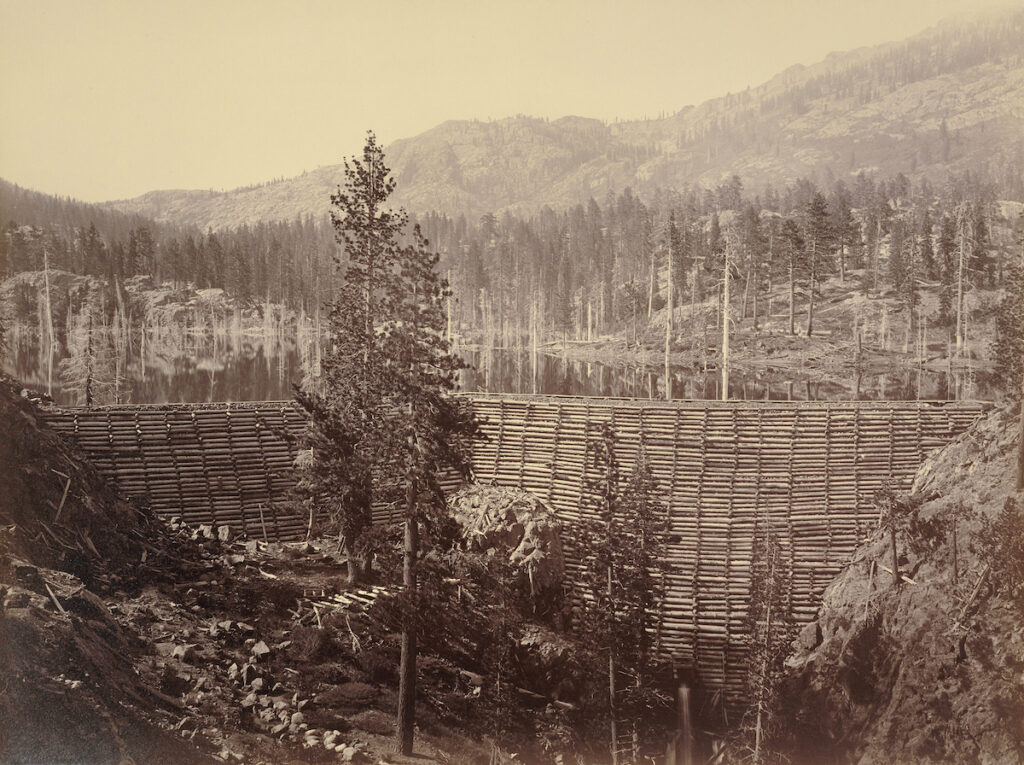
In 1883, the dam failed for the second time, although some miners believed farmers dynamited it to restore water to agricultural lands.
“It flooded the whole town,” King said. “The only reason that a bunch of people weren’t drowned and killed was that it was the first long-distance telephone line that existed. They make this call. They tell everyone to run and get to high ground. They do. The people don’t all drown, but it washes all the fields away.”
Agriculture and ranching over the next 100 years further depleted the meadows’ groundwater. Ditches were built on the slopes of the meadow to dry out the land for cattle grazing. Assessments of the meadow began in 2016 with the ultimate goal of restoration.
“When we did the initial assessment [of English Meadows], we saw tons of erosion,” says King.
Restoring natural conditions
Flooding and draining caused by the Rudyard dam may have caused the erosion and separation of the Middle Yuba River channel from the meadow flood plains, further drying out the meadow.
Restoration of the meadow will be a long and laborious process. The decades of dry soils have allowed lodgepole pines to flourish. The overly woody forest has taken over the once aquatic plant life and significantly increased fire risk.
The project began in 2021 and is set to be completed in 2025, with significant progress made already. Trees and Woody debris are being converted into wood chips that will nourish new plant life, structures have been built to slow water flow and restore meadow flood plains, and native plant life is being restored.
King recently submitted a request to the California Fish and Wildlife Services for a beaver family relocation to English Meadows. The beavers’ dam-building activity, which has long been absent from the area, would help slow water flow and promote long-term restoration.
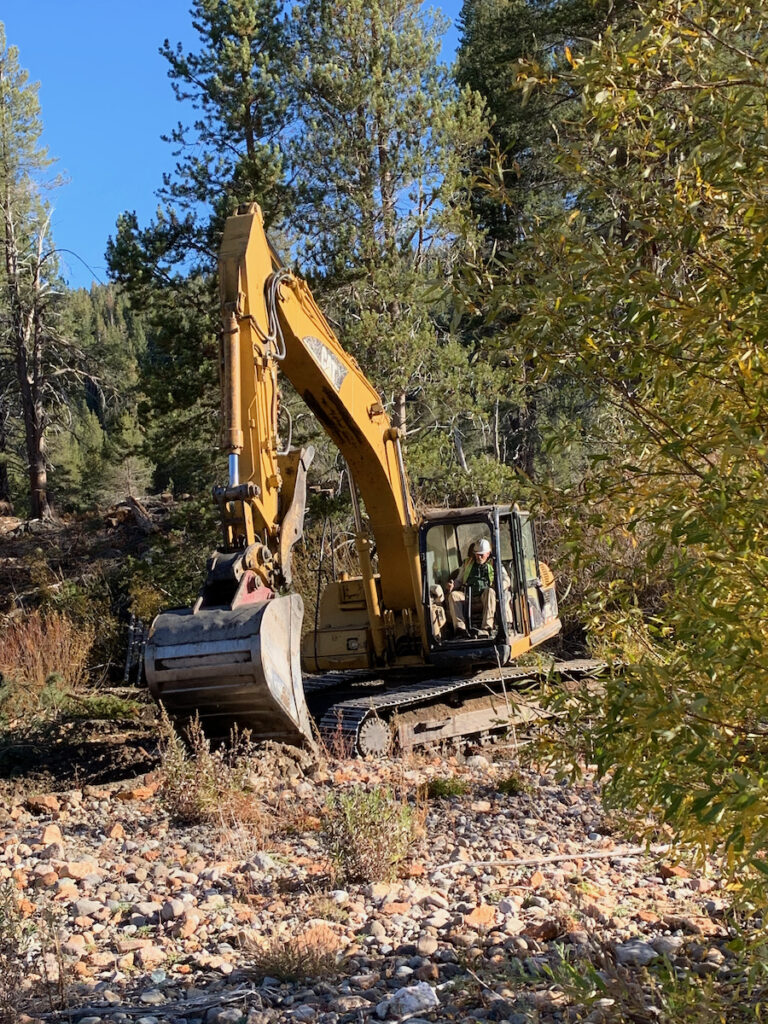
Nature’s carbon sponges
The proposed restoration area for English Meadows spans 380 acres, and according to a study, this effort could sequester a carbon amount equivalent to the annual energy use emissions from approximately 620 households.
While meadow restoration projects have been shown to benefit endangered animals, reduce fire risk, and raise groundwater level benefits, it’s too soon to determine the impacts of English Meadow restoration efforts.
“You know we are not in a lab. It’s hard to try and say you’re controlling anything,” says King.
However, one study found that meadows can successfully sequester carbon over 20 years after being restored, giving hope for the future of English Meadows’ carbon-storing ability.
Future and current restoration projects could run into jurisdiction trouble. Meadows often span large swaths of land, meaning they can be controlled by many players, potentially causing delays and regulatory hurdles.
“Projects often cross land boundaries, and that’s why a lot of them don’t get done because not everyone wants to do what we want to do,” says Leslie Mink, Project Manager at Plumas Corp, a partner of the English Meadow Restoration project.
Although NID purchased English Meadows in 1925, they own only approximately 11% of the water flowing into the area. Management of the remaining water, which affects water quality and quantity, could impact the restoration process. Collaboration and communication will be vital to the success of these efforts.
Restoration work at English Meadows is scheduled to resume this summer—and King is looking forward to getting back out there.
“Weeks in and weeks out of sleeping in a truck and sleeping in a tent, you get tired, but the minute you’re there, you’re energized and inspired, and feeling like your part of healing was really touching and motivating,” says King.
Elizabeth Walsh is a Ph.D. candidate in the Biochemistry Department at UNR, where she studies mosquito biology with the Rueckert Lab. She wrote this story for the Hitchcock Project’s science reporting course during Spring 2024.

